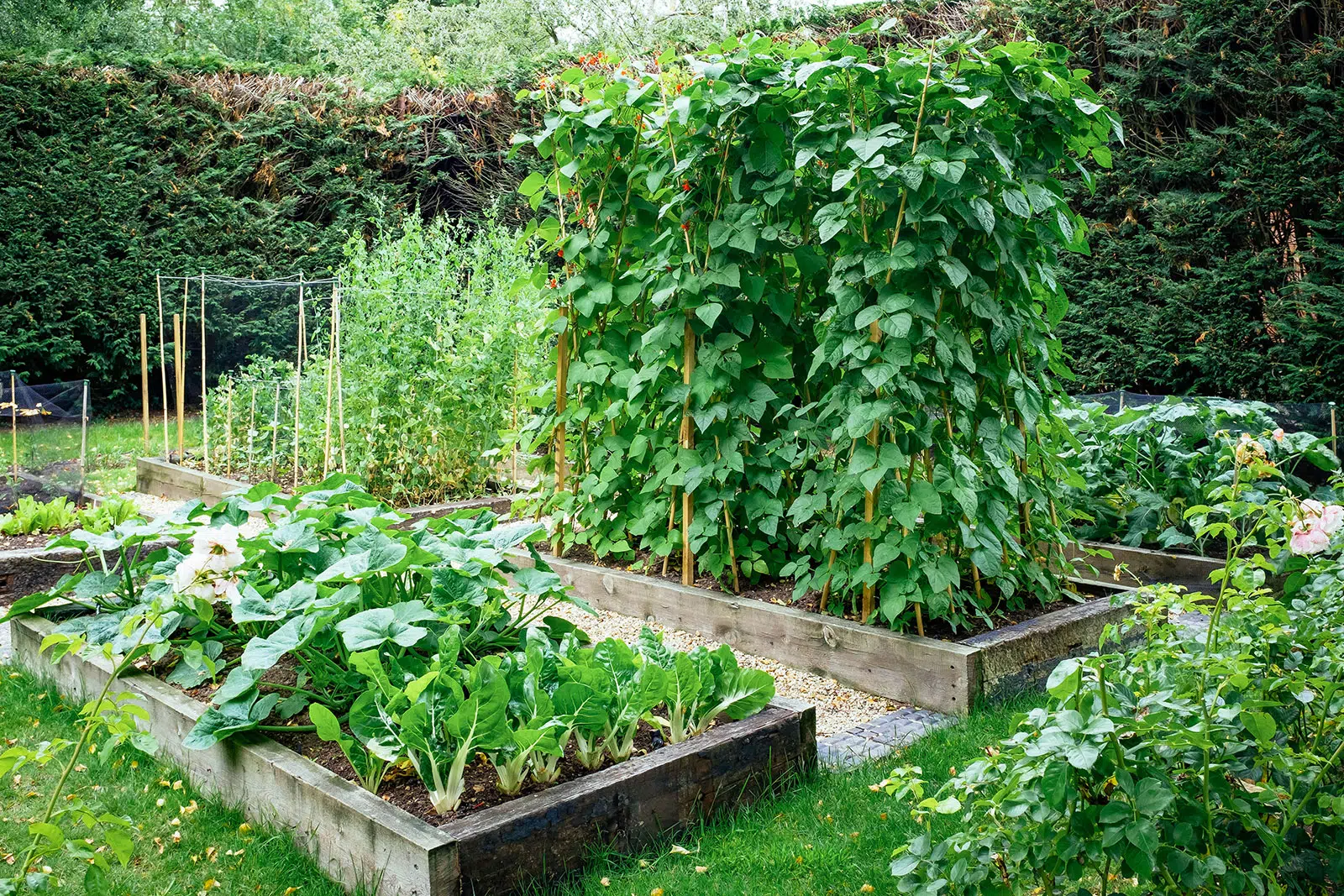

Articles
What To Plant In Raised Garden Beds
Modified: August 28, 2024
Discover what to plant in raised garden beds and maximize your gardening success. From vegetables to flowers, get expert tips for gardening in raised beds.
(Many of the links in this article redirect to a specific reviewed product. Your purchase of these products through affiliate links helps to generate commission for Storables.com, at no extra cost. Learn more)
Benefits of Raised Garden Beds
There are numerous benefits to using raised garden beds in your gardening endeavors. Whether you have limited space or simply want to improve the productivity of your garden, raised beds offer an ideal solution. Here are some of the main advantages of using raised garden beds:
- Improved Soil Quality: One of the primary benefits of raised garden beds is the ability to control the quality of the soil. By filling the beds with a mixture of compost, topsoil, and other organic matter, you can create a nutrient-rich environment that promotes healthy plant growth. This is especially beneficial if your natural soil is of poor quality or is prone to drainage issues.
- Better Drainage: Raised beds allow for better drainage than traditional garden plots. The elevated design helps to prevent waterlogging, which can lead to root rot and other plant diseases. This is particularly advantageous in areas with heavy rainfall or poorly draining soil.
- Reduced Weed Growth: With raised beds, you can more easily control weeds. By adding a layer of mulch or using weed barriers between the soil and the surrounding area, you can minimize weed growth and spend less time weeding.
- Warmer Soil: Raised beds tend to warm up faster in the spring, allowing you to start planting earlier. The increased warmth promotes better seed germination and faster growth, resulting in an extended growing season.
- Easier Access and Maintenance: Due to their elevated height, raised beds provide easier access for planting, watering, and harvesting. This is especially beneficial for people with mobility issues or back problems. Additionally, raised beds require less bending or kneeling, reducing strain on the body during gardening tasks.
- Improved Pest Control: Raised beds can help deter pests and critters from damaging your plants. Installing a barrier, such as chicken wire or netting, around the beds can prevent burrowing animals from accessing the plants. Additionally, the compact nature of raised beds makes it easier to spot and control pests that may be present.
- Aesthetically Pleasing: Raised garden beds can enhance the overall appearance of your garden. They provide a structured and organized look, which can be aesthetically pleasing and add value to your outdoor space.
With these numerous benefits, it’s no wonder that raised garden beds are becoming increasingly popular among gardeners. Whether you have a small urban garden or a larger backyard, incorporating raised beds can greatly enhance your gardening experience and yield better results.
Key Takeaways:
- Enjoy the benefits of raised garden beds, from improved soil quality to easier access and maintenance. They provide an ideal solution for gardeners of all levels, enhancing the gardening experience and yielding better results.
- Select the best vegetables, herbs, and flowers suited for raised beds to create a thriving garden oasis. With proper planning, care, and maintenance, your raised beds can provide abundant harvests and a rewarding gardening journey.
Read more: What Is A Raised Garden Bed
Factors to Consider Before Planting
Before jumping into planting in raised garden beds, there are a few important factors to consider. Taking the time to plan and prepare will ensure the success of your garden. Here are some key factors to keep in mind:
- Sunlight: Determine the amount of sunlight your garden beds will receive throughout the day. Most vegetables and herbs require full sun, which is at least six hours of direct sunlight. Choose a sunny spot in your yard for optimal plant growth.
- Size and Layout: Consider the size and layout of your raised beds. Take into account the available space in your garden and the amount of plants you wish to grow. Plan your layout accordingly, leaving enough space between beds for easy access and maintenance.
- Soil Quality: Assess and improve the quality of your soil before planting. Conduct a soil test to determine its pH level and nutrient content. Amend the soil with compost, organic matter, and fertilizers to create a fertile environment for your plants to thrive.
- Watering and Drainage: Consider the watering and drainage needs of your plants. Raised beds tend to dry out faster, so ensure there is a reliable water source nearby. Additionally, plan for proper drainage to prevent waterlogged soil, which can harm plant roots.
- Plant Selection: Choose plants that are well-suited for raised beds. Consider their size, growing habit, and compatibility with other plants. Select vegetables and herbs that have similar water, light, and nutrient requirements for easier maintenance.
- Seasonal Considerations: Take into account the local climate and growing season. Select plants that are appropriate for the timing and length of your growing season. Consider the average frost dates and plan accordingly to avoid damage to your plants.
- Pest and Disease Control: Develop a plan for pest and disease control. Implement preventive measures, such as companion planting, applying organic pest control methods, and regularly inspecting your plants for signs of pests or diseases.
- Maintenance Effort: Assess the level of maintenance effort required for your raised beds. Consider the time and effort needed for watering, fertilizing, pruning, and harvesting. Ensure you can dedicate the necessary time to keep your garden thriving.
Taking these factors into consideration will help you plan and prepare effectively for a successful gardening experience. By addressing these considerations, you can create an optimal environment for your plants, leading to healthy growth, bountiful harvests, and a rewarding gardening journey.
Best Vegetables for Raised Garden Beds
Raised garden beds offer an excellent opportunity to grow a wide range of vegetables. The controlled environment and improved soil quality of raised beds create favorable conditions for plant growth. Here are some of the best vegetables to consider planting in your raised garden beds:
- Tomatoes: Tomatoes thrive in raised beds due to their warm soil requirements. Choose determinate varieties for compact growth or indeterminate varieties for vertical trellising. Tomatoes will benefit from sturdy stakes or cages for support and proper airflow.
- Lettuce and Leafy Greens: Lettuce, spinach, kale, and other leafy greens are well-suited for raised beds. They have shallow root systems and can be planted in close proximity to maximize space. Harvest the outer leaves for a continuous supply of fresh greens.
- Cucumbers: Cucumbers are vining plants that can be trained to grow vertically in raised beds. Use trellises or stakes to support the plants and save space. Regular harvesting will encourage more fruit production.
- Peppers: Peppers, both sweet and hot varieties, are excellent choices for raised beds. They prefer warm soil and benefit from the consistent moisture of raised beds. Provide support for taller varieties to prevent them from toppling over.
- Carrots: Carrots are root vegetables that do well in the loose soil of raised beds. Choose shorter varieties suitable for container gardening to accommodate the depth of your raised beds.
- Zucchini and Summer Squash: Zucchini and summer squash are prolific growers that can quickly take up space in the garden. In raised beds, you can train them to grow vertically using trellises or cages to save space and manage their sprawling habit.
- Green Beans: Green beans, both bush and pole varieties, perform exceptionally well in raised beds. Provide support for pole beans and ensure proper spacing for air circulation and easier harvesting.
- Radishes: Radishes are quick-growing root vegetables that can be directly sown in raised beds. They are perfect for interplanting with other vegetables to maximize use of space and provide a succession crop.
- Herbs: Many herbs, such as basil, parsley, thyme, and cilantro, thrive in raised beds. They can be grown along the edges or interspersed among other vegetables. Harvesting herbs for culinary use adds flavor and freshness to your meals.
These vegetables adapt well to the controlled environment of raised beds, making them ideal choices for your gardening endeavors. However, don’t be limited by this list; feel free to experiment with other vegetables that suit your taste preferences and local growing conditions. The key is to choose plants that have similar water, light, and nutrient requirements for successful coexistence in the raised garden beds.
Herbs and Flowers for Raised Garden Beds
Raised garden beds are not only great for growing vegetables but also provide an ideal environment for a wide variety of herbs and flowers. Incorporating herbs and flowers into your raised beds not only adds beauty and fragrance but also offers numerous benefits. Here are some popular herbs and flowers that thrive in raised garden beds:
- Basil: Basil is a versatile herb that grows well in raised beds. Its aromatic leaves can be used in a variety of culinary dishes and it also acts as a natural pest repellent, making it a great companion plant.
- Lavender: Lavender is a stunning flowering plant that adds a touch of elegance to any garden. Its beautiful purple flowers and soothing fragrance make it a favorite choice for raised beds. Lavender is known for its calming properties and can also attract beneficial pollinators.
- Marigold: Marigolds are popular companion plants in raised beds due to their ability to repel pests like aphids and nematodes. These vibrant flowers come in various colors and can add a splash of brightness to your garden.
- Chives: Chives are a hardy herb that can thrive in raised beds. The mild onion flavor of the leaves makes them a wonderful addition to many dishes. Chives also produce attractive purple flowers that can be enjoyed both visually and as edible garnishes.
- Nasturtium: Nasturtiums are edible flowers that not only add a burst of color to your raised beds but also have a peppery flavor that can enhance salads and other dishes. These flowers are easy to grow and can even help repel pests like aphids and whiteflies.
- Rosemary: Rosemary is a fragrant herb that grows well in raised beds. Its needle-like leaves can be used in various culinary creations, and the plant itself adds a lovely texture to the garden. Rosemary also attracts beneficial insects like bees and butterflies.
- Calendula: Calendula, also known as pot marigold, is a cheerful flower that can brighten up any raised bed. Its vibrant orange and yellow petals have medicinal properties and are often used in herbal remedies and skincare products.
- Mint: Mint is a fast-growing herb that can easily take over a garden if not contained. Planting it in a raised bed helps control its spread while still enjoying its refreshing flavor. Mint is perfect for teas, cocktails, and adding a hint of freshness to dishes.
- Parsley: Parsley is a versatile herb that can be used as a garnish or to enhance the flavor of various dishes. It grows well in raised beds and can provide a continuous harvest throughout the growing season.
By incorporating these herbs and flowers into your raised beds, you not only create an aesthetically pleasing garden but also attract beneficial insects, repel pests, and enhance the overall health of your plants. Remember to consider the specific growing requirements of each herb and flower, such as sunlight, water, and spacing, to ensure their optimal growth and enjoyment in your raised garden beds.
When planning what to plant in raised garden beds, consider the mature size of the plants to avoid overcrowding. Choose a mix of vegetables, herbs, and flowers to maximize space and create a diverse and productive garden.
Tips for Successful Gardening in Raised Beds
Gardening in raised beds offers a range of benefits, but it’s important to follow some key tips to ensure success. With proper planning and care, your raised beds can become a thriving garden oasis. Here are some tips to help you achieve successful gardening in raised beds:
- Prepare the soil: Before planting, prepare the soil in your raised beds. Mix in compost and organic matter to improve fertility and drainage. This will create a nutrient-rich environment for your plants to thrive.
- Proper spacing: Pay attention to spacing guidelines for each plant variety. Overcrowding can lead to poor air circulation, increased competition for nutrients, and disease spread. Follow recommended spacing to allow enough room for each plant to grow and develop.
- Watering: Regular watering is crucial for the success of your raised bed garden. Water deeply and consistently, ensuring that the soil remains evenly moist but not waterlogged. Consider using soaker hoses or drip irrigation for efficient watering.
- Mulching: Apply a layer of organic mulch such as straw, wood chips, or compost on top of the soil. Mulching helps to retain moisture, suppress weeds, and regulate soil temperature. It also adds organic matter to the soil as it breaks down.
- Weeding: Regularly remove weeds from your raised beds to prevent them from competing with your plants for nutrients and space. Mulching and proper spacing can help minimize weed growth, but occasional weeding is still necessary.
- Fertilizing: Supplement your raised beds with organic fertilizers to provide essential nutrients for plant growth. Use compost, well-rotted manure, or organic slow-release fertilizers to replenish soil nutrients throughout the growing season.
- Support for vining plants: Install trellises, cages, or stakes to support vining or tall plants like tomatoes, cucumbers, and beans. This helps prevent them from sprawling on the ground, saves space, and improves airflow around the plants.
- Rotate crops: Practice crop rotation in your raised beds to minimize the buildup of pests and diseases. Avoid planting the same family of plants in the same location year after year. Instead, rotate different crops to maintain the overall health of the soil.
- Monitor pests and diseases: Regularly inspect your plants for signs of pests and diseases. Early detection allows for prompt treatment or prevention measures. Consider using organic pest control methods and companion planting to minimize pest damage.
- Harvesting: Harvest crops at their peak to enjoy the best flavor and quality. Regular harvesting also promotes continued production from many plants. Be sure to remove any overripe or diseased fruits to prevent the spread of pests or diseases.
By following these tips, you can create a successful and productive garden in your raised beds. Remember to observe and respond to the specific needs of your plants, adjust watering and fertilizing as necessary, and engage in regular maintenance to keep your garden in optimal health. With time and care, your raised bed garden will flourish and provide abundant harvests.
Read more: What To Line A Raised Garden Bed With
Maintenance and Care for Raised Garden Beds
Maintaining and caring for your raised garden beds is essential for the long-term success of your plants and the overall health of your garden. With regular upkeep and attention, you can ensure that your raised beds continue to thrive. Here are some maintenance and care tips for your raised garden beds:
- Weeding: Regularly inspect your raised beds and remove any weeds that may appear. Weeds compete with your plants for nutrients, water, and space, so it’s important to keep them under control. To minimize weed growth, consider applying a layer of mulch around your plants.
- Watering: Adequate watering is crucial for the health of your plants. Check the moisture level in the soil regularly and water as needed. Raised beds tend to dry out faster than traditional gardens, so make sure the soil remains consistently moist. Avoid overwatering to prevent waterlogged soil.
- Fertilizing: Regularly feed your plants with organic fertilizers or compost to replenish the nutrients in the soil. Apply fertilizers according to the specific needs of your plants. Organic options are generally preferred as they promote long-term soil health and minimize environmental impact.
- Pest and Disease Control: Monitor your plants for any signs of pests or diseases. Early detection and intervention are crucial to prevent the spread and damage. Use organic pest control methods whenever possible, such as insecticidal soaps, neem oil, or companion planting to discourage pests and promote a healthy garden ecosystem.
- Pruning and Training: Regularly inspect your plants for any dead, damaged, or overcrowded branches or stems. Prune them off to encourage healthy growth. For vining plants like tomatoes or cucumbers, provide proper support and train them to climb trellises or cages to maximize space and airflow.
- Monitor Soil Health: Keep an eye on the condition of your soil. Test the pH level and nutrient content periodically. If necessary, amend the soil with additional organic matter or compost to maintain a balanced and fertile growing medium for your plants.
- Harvesting: Regularly harvest your crops when they are at their peak ripeness. This not only ensures the best flavor and quality but also stimulates further production. Harvesting also involves removing any diseased or overripe fruits to prevent the spread of pests or diseases within your raised beds.
- Seasonal Clean-Up: At the end of each growing season, clean up your raised beds. Remove any remaining plant debris, weeds, and spent crops. This helps to prevent the buildup of pests and diseases and prepares your garden for the next growing season.
- Winter Protection: If you live in a colder climate, consider protecting your raised garden beds during the winter months. Cover them with mulch or a layer of straw to insulate the soil and protect the root systems of perennial plants.
By following these maintenance and care tips, you can keep your raised garden beds healthy and productive. Regular attention and proper care will ensure that your plants thrive, pests and diseases are minimized, and you can enjoy a bountiful harvest year after year. Happy gardening!
Conclusion
Raised garden beds offer a host of benefits and provide an excellent opportunity for successful gardening. The controlled environment, improved soil quality, and ease of maintenance make them an ideal choice for a thriving garden. By following the tips and guidelines we’ve provided, you can maximize the yield and enjoyment of your raised beds.
Consider the factors mentioned before planting, such as sunlight, size, and soil quality, to set up your raised beds for success. Select the best vegetables, herbs, and flowers suited for raised beds, taking into account their spacing and companion planting. Implement proper watering, mulching, and fertilizing techniques to maintain optimal soil moisture and nutrient levels.
Regular maintenance and care are crucial for the long-term health of your raised beds. Stay vigilant to address weed growth, pests, and diseases promptly, and provide support and training for vining plants. Regular harvesting and seasonal clean-up ensure the continuous productivity of your garden.
Remember, gardening in raised beds is a rewarding experience that allows you to grow your own fresh produce and enjoy the beauty of flowers and herbs. It provides an opportunity to connect with nature and enjoy the therapeutic benefits of gardening.
Whether you have limited space, poor soil quality, or simply want more control over your gardening environment, raised garden beds are the perfect solution. So, roll up your sleeves, get your hands dirty, and watch your raised beds flourish as you nurture and cultivate your own little patch of green paradise.
Frequently Asked Questions about What To Plant In Raised Garden Beds
Was this page helpful?
At Storables.com, we guarantee accurate and reliable information. Our content, validated by Expert Board Contributors, is crafted following stringent Editorial Policies. We're committed to providing you with well-researched, expert-backed insights for all your informational needs.
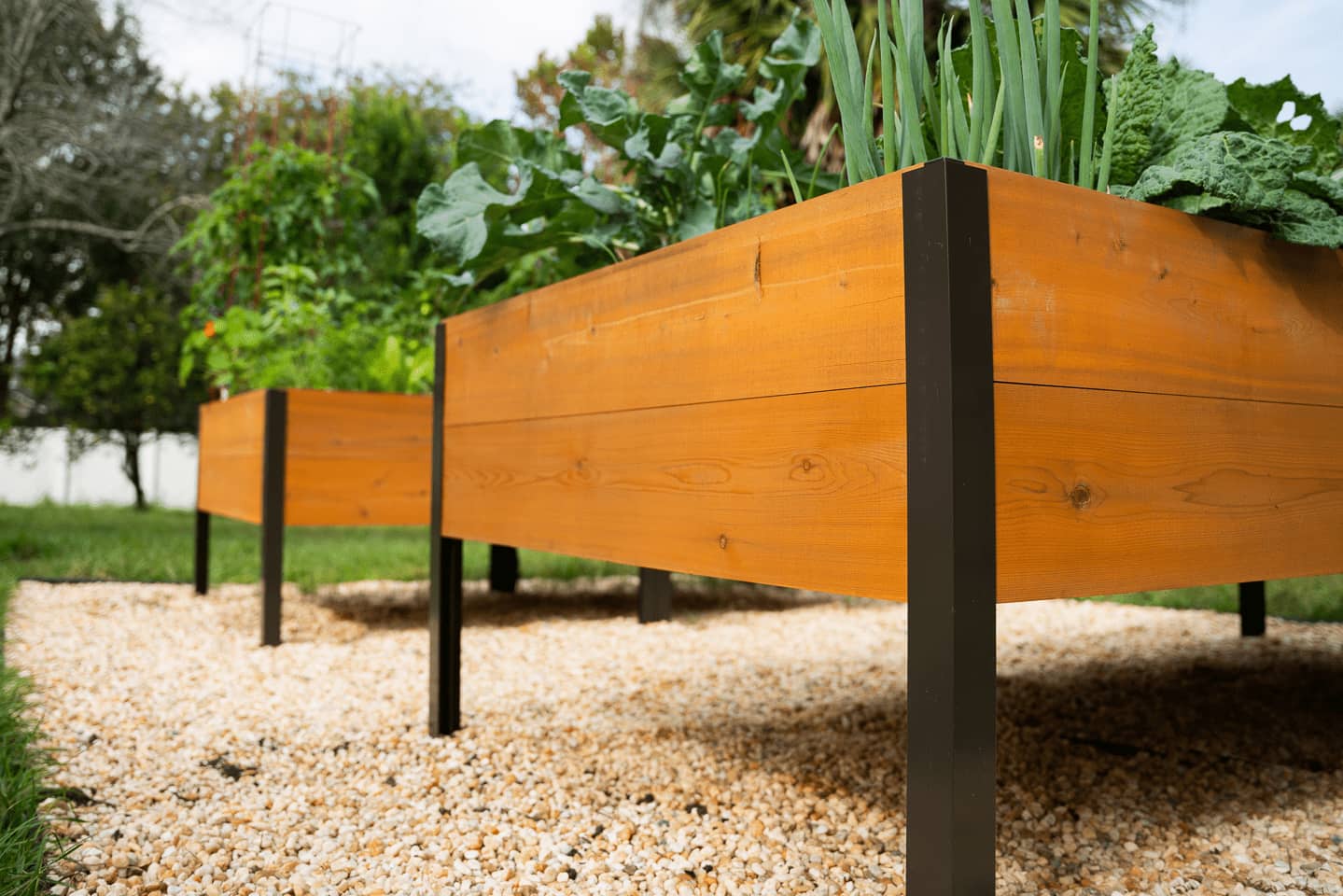
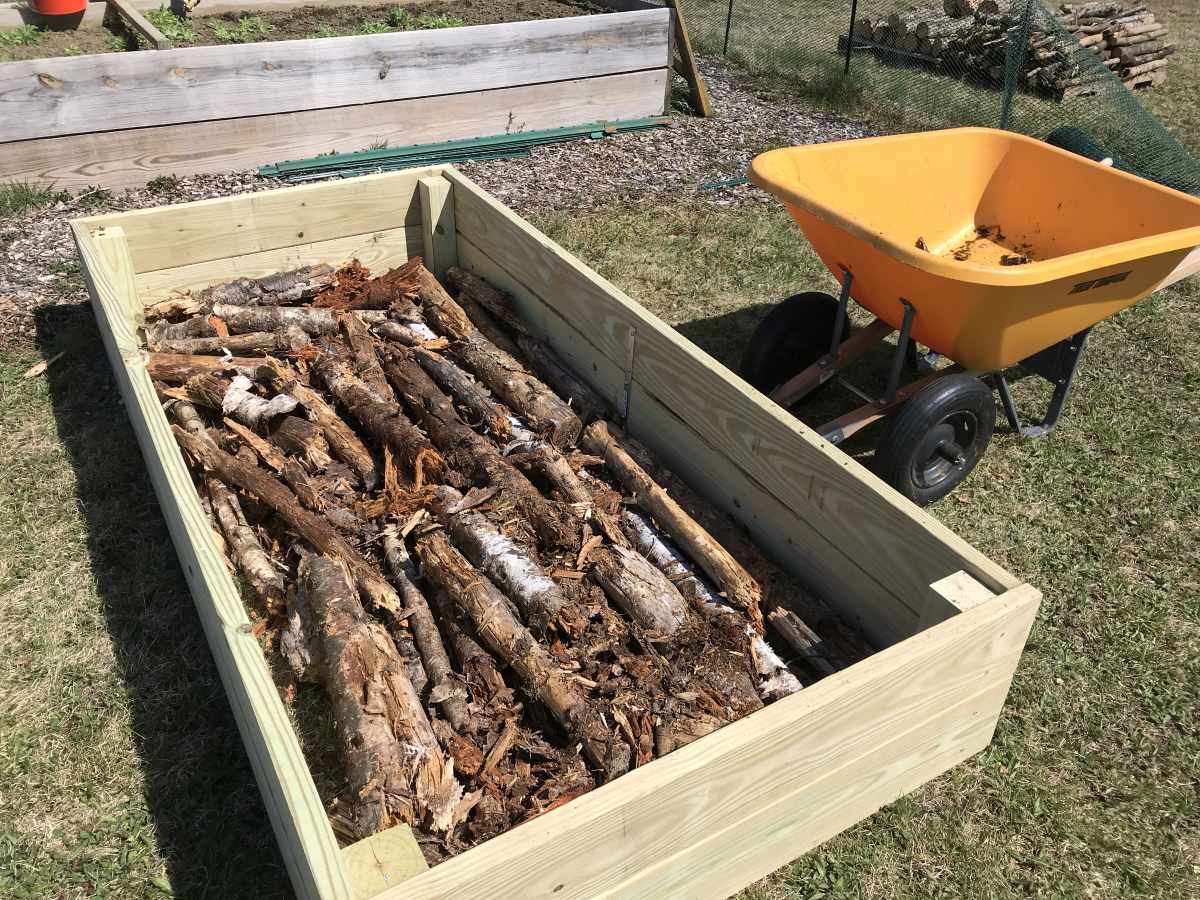
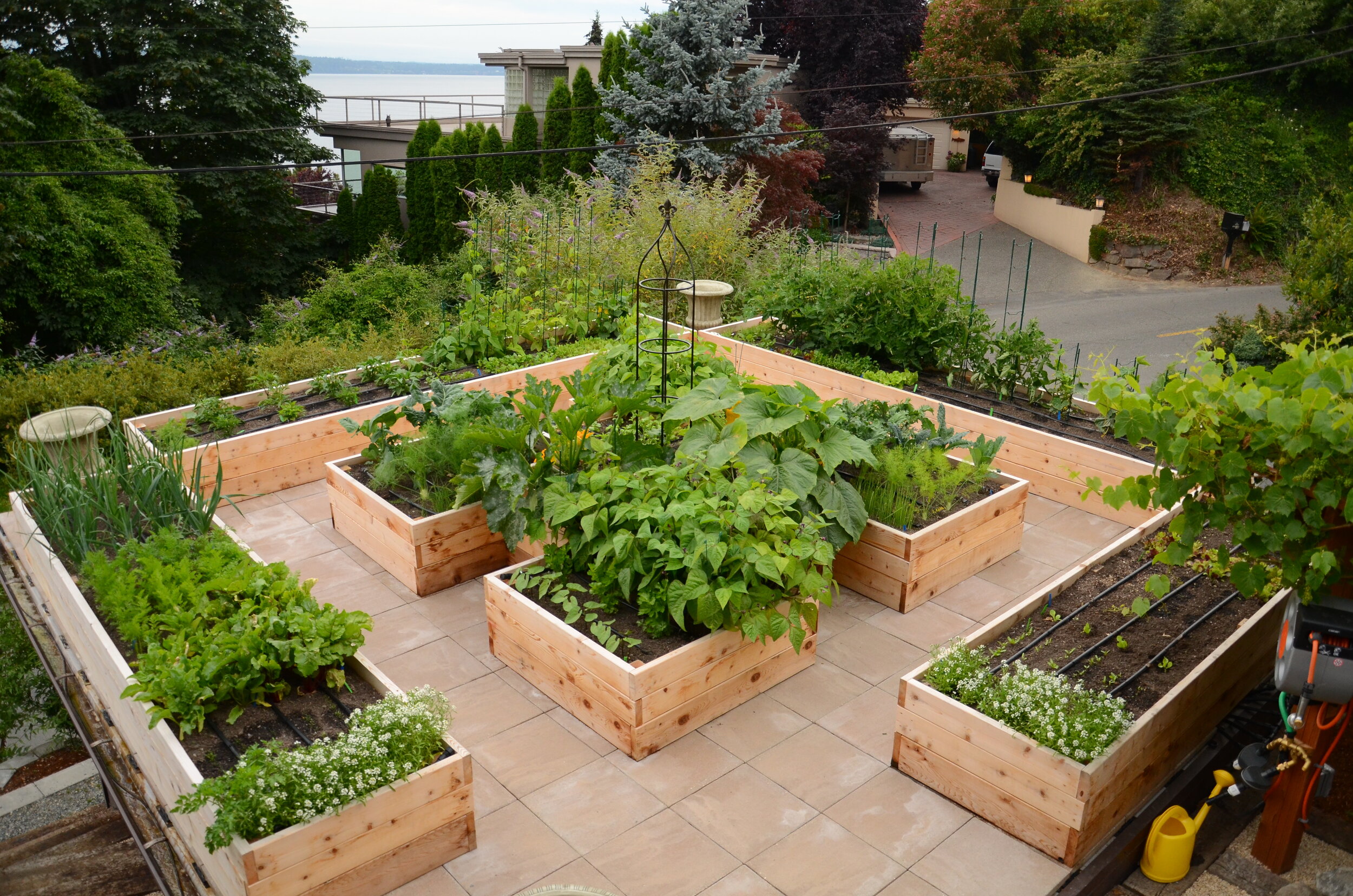
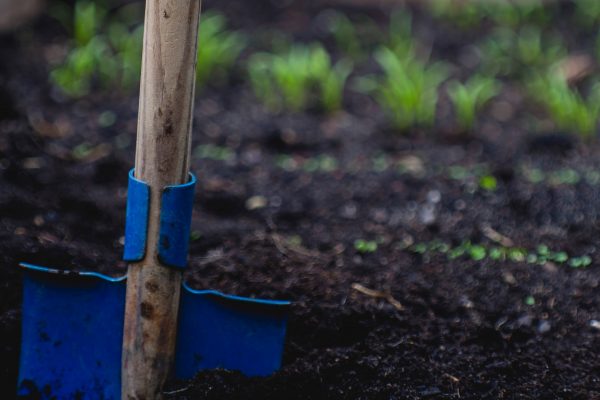
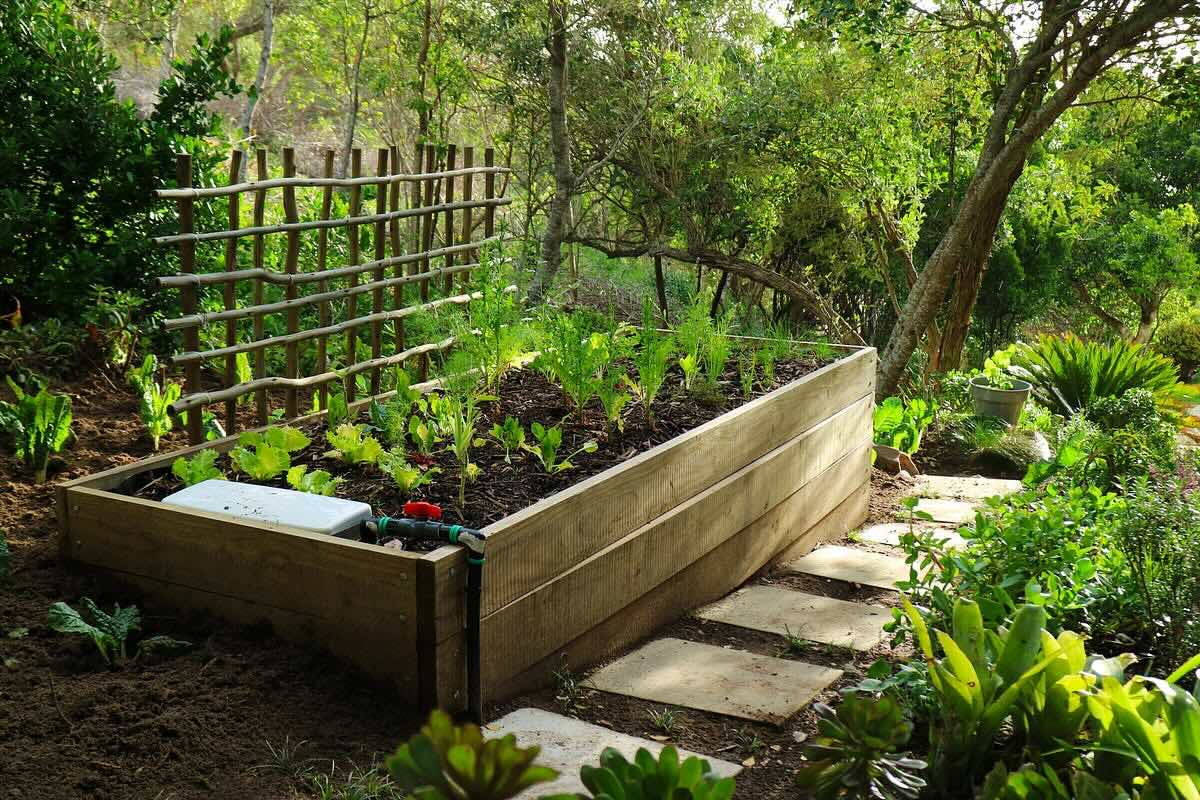
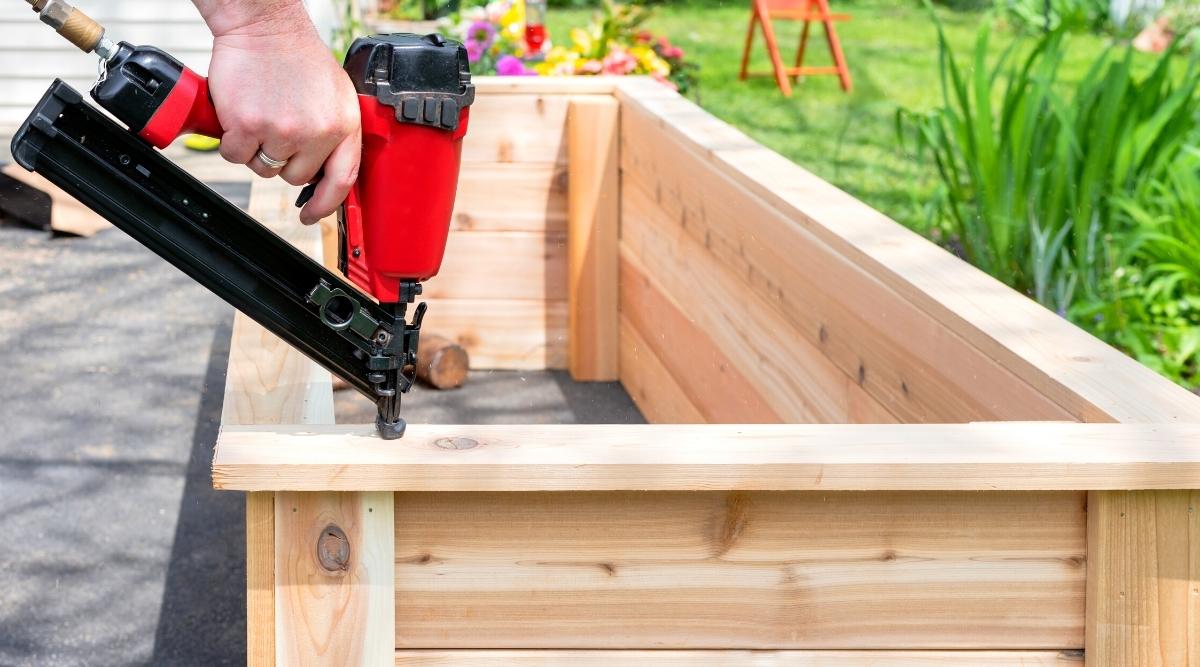
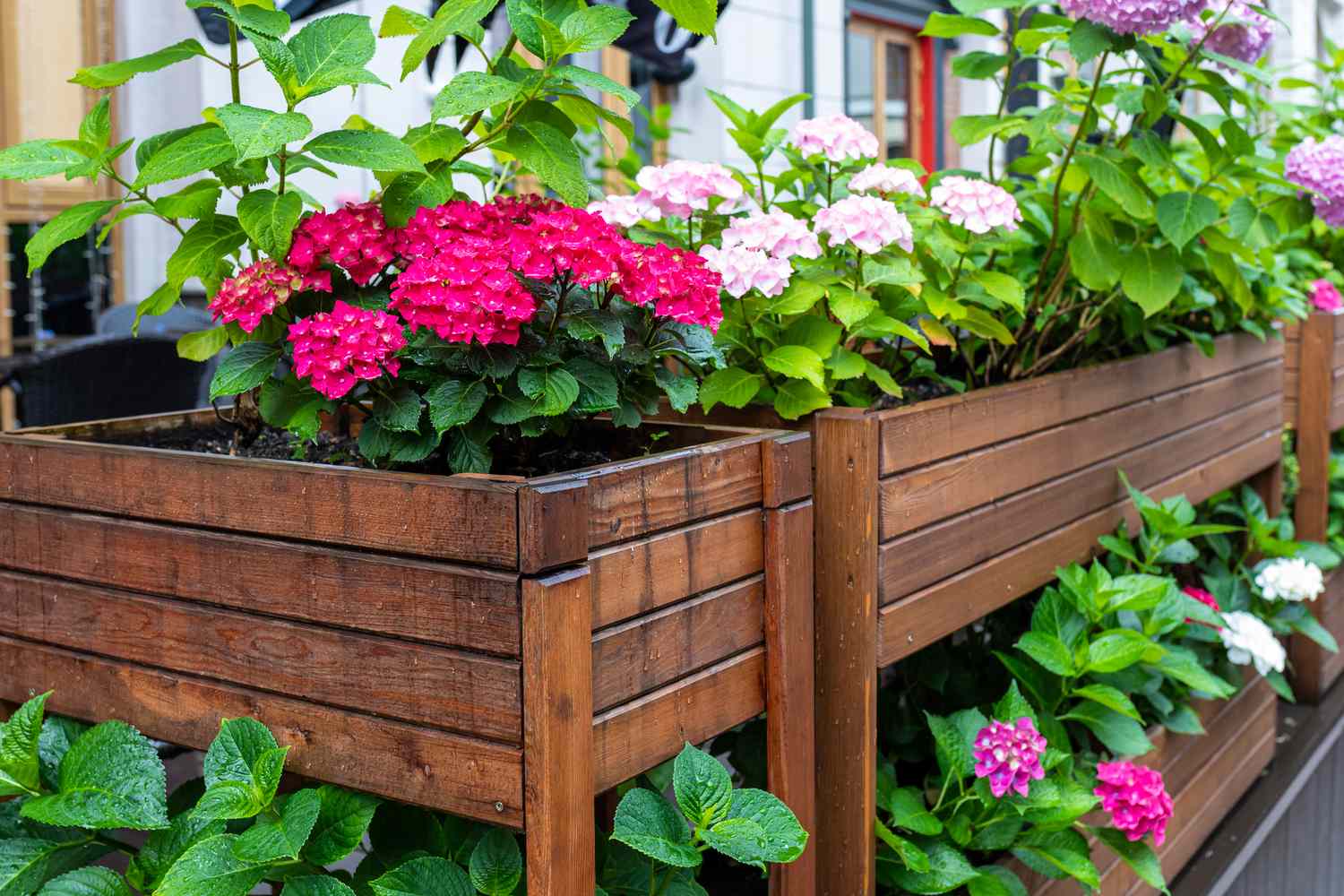

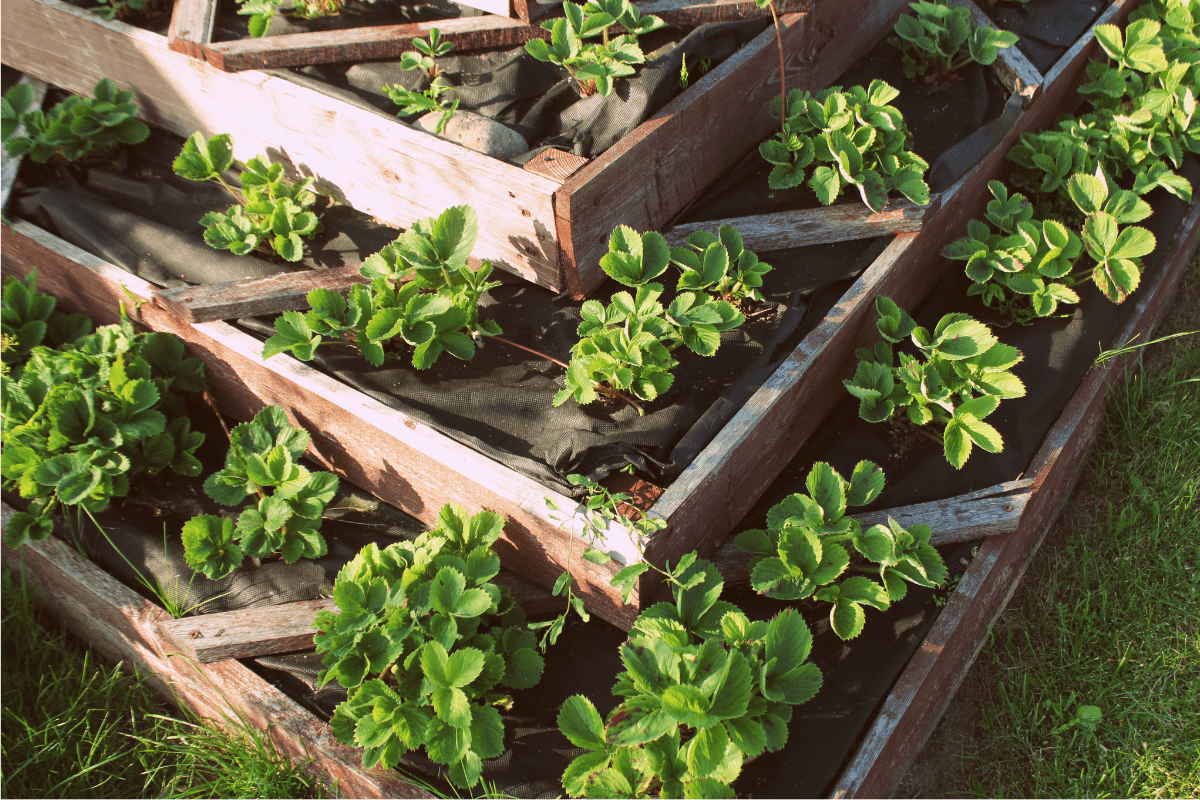
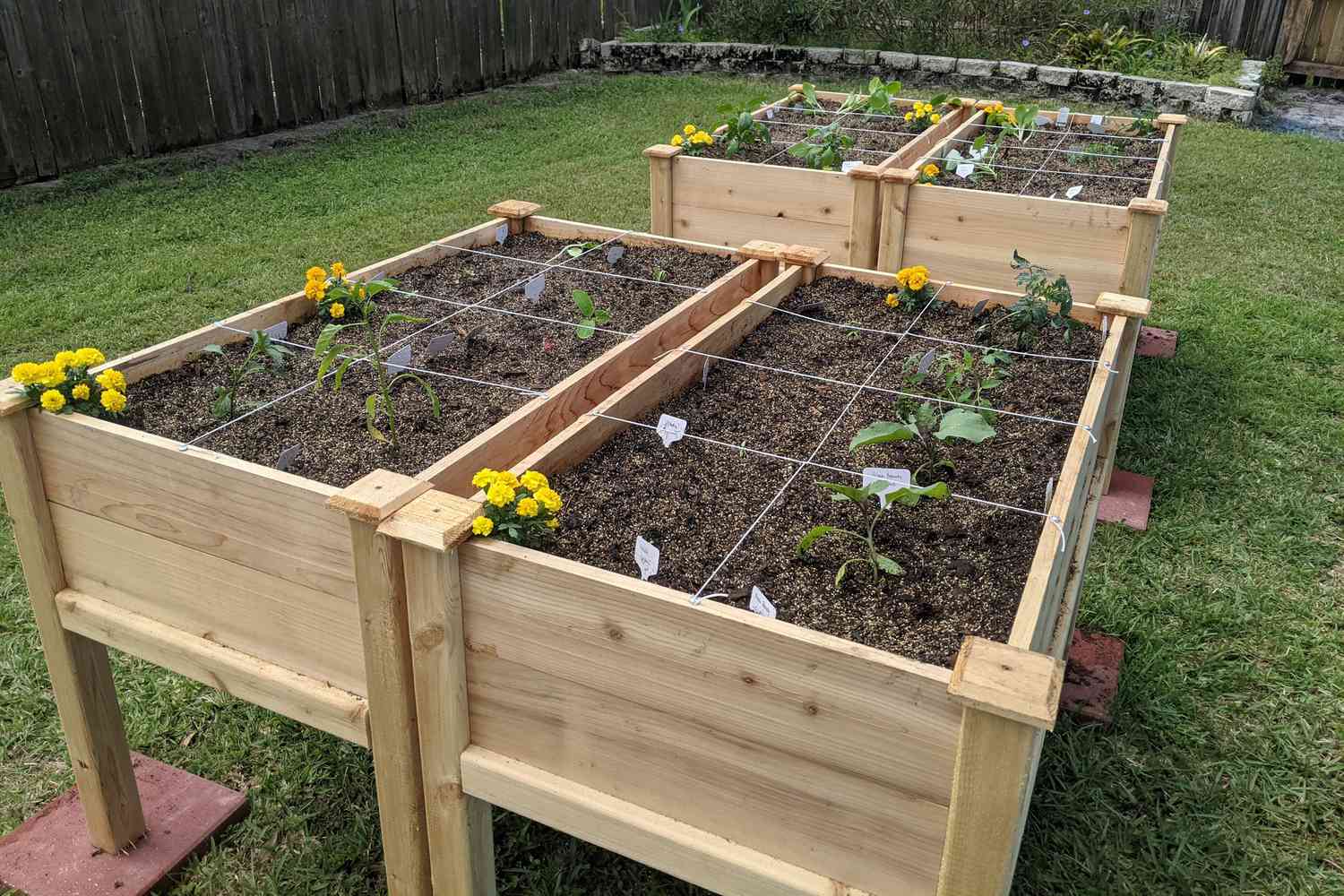

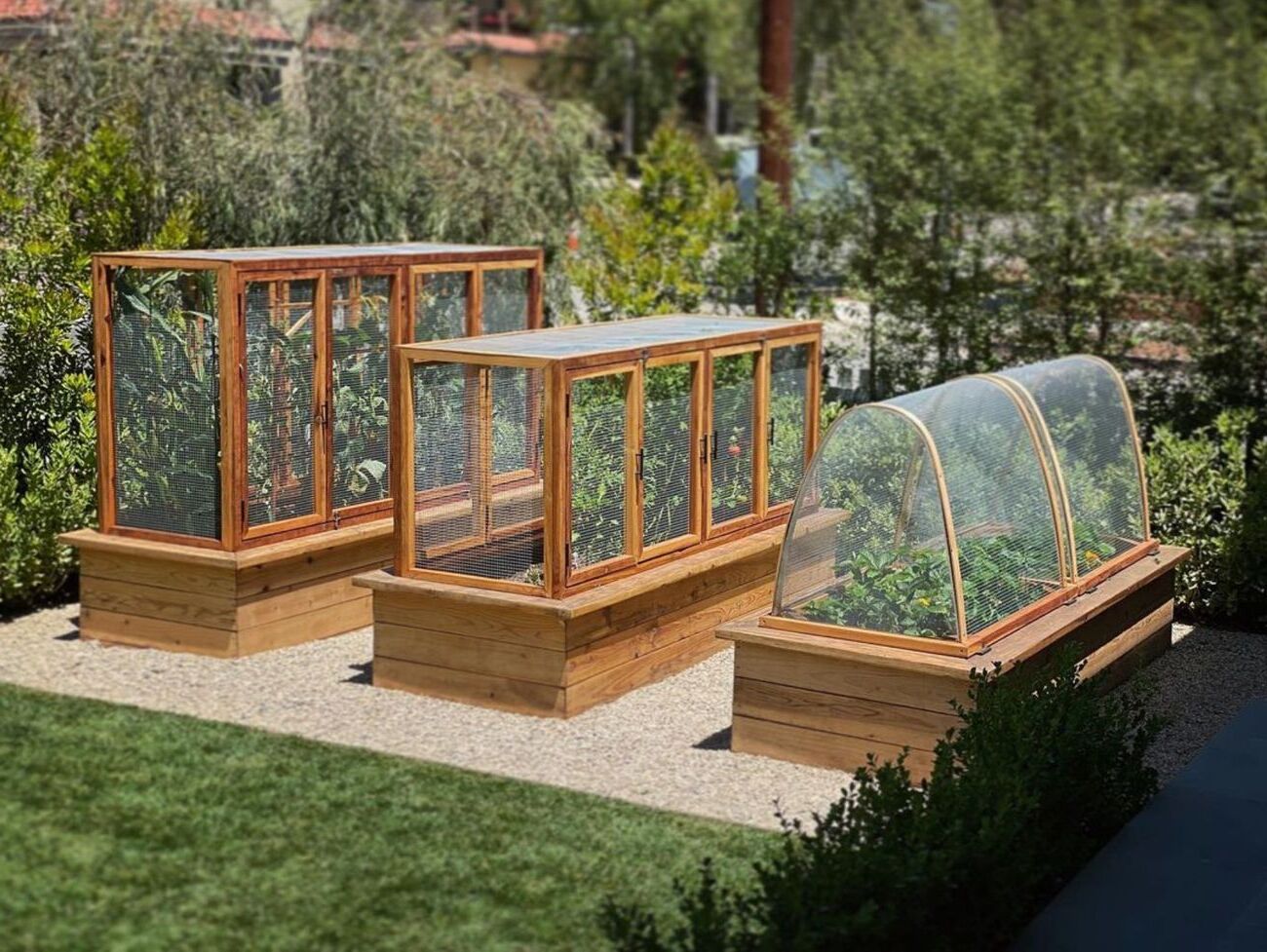
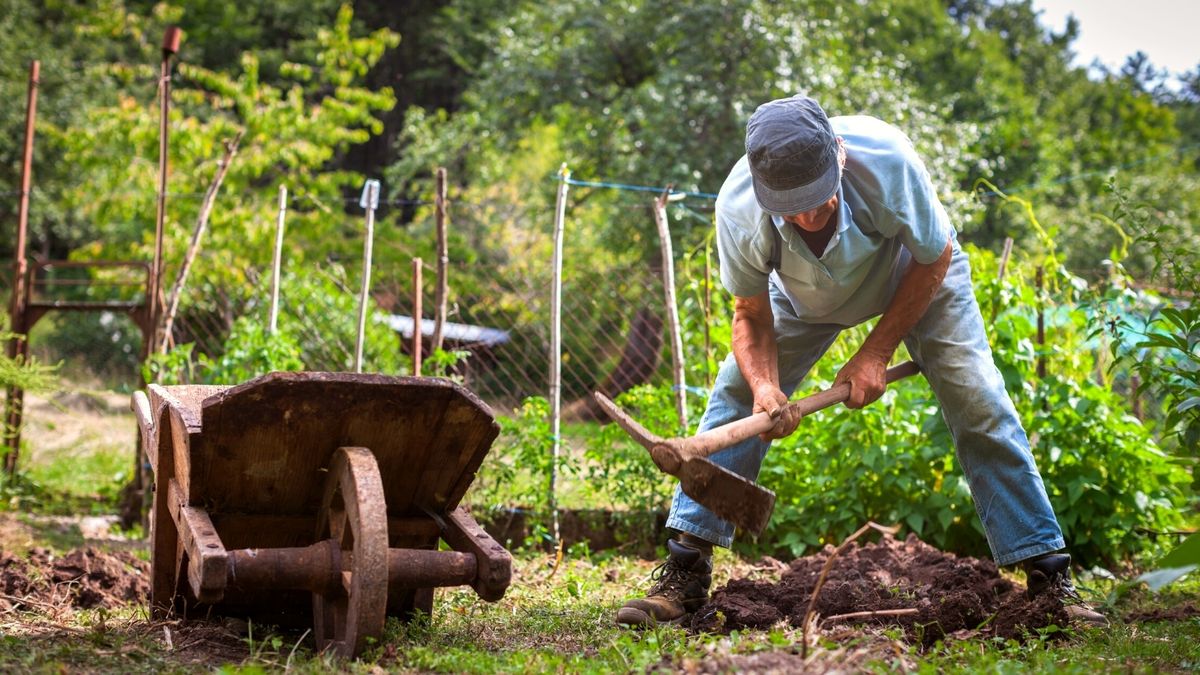
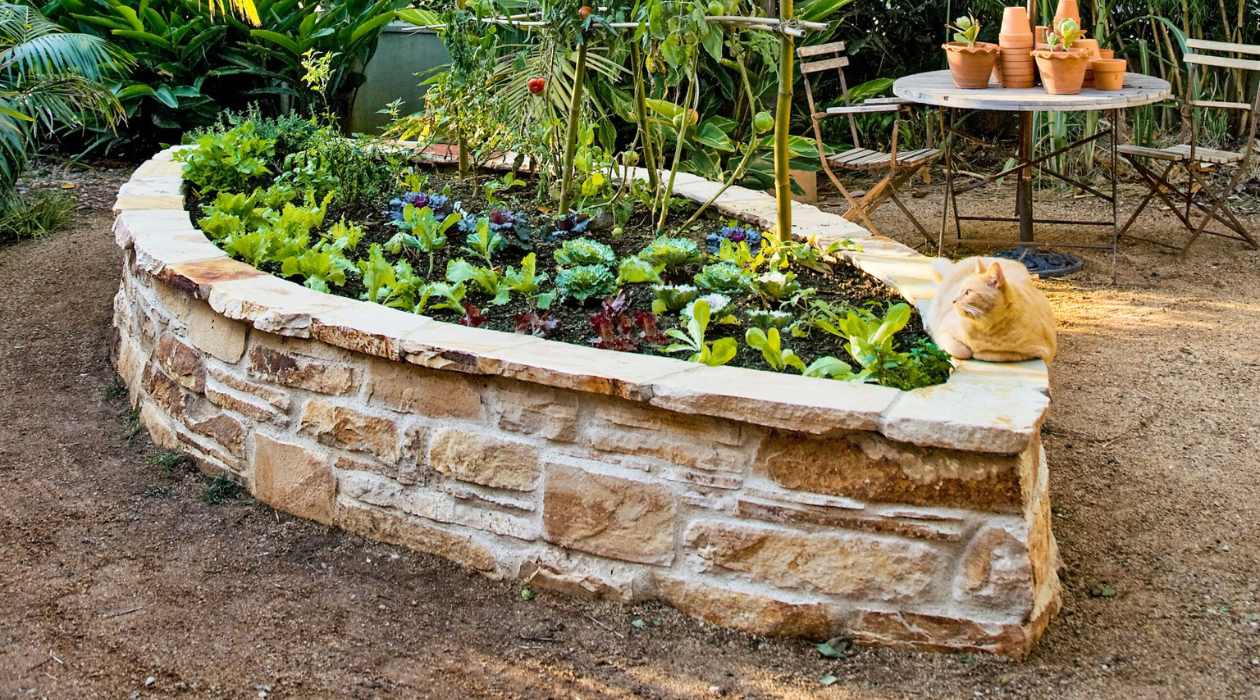

0 thoughts on “What To Plant In Raised Garden Beds”